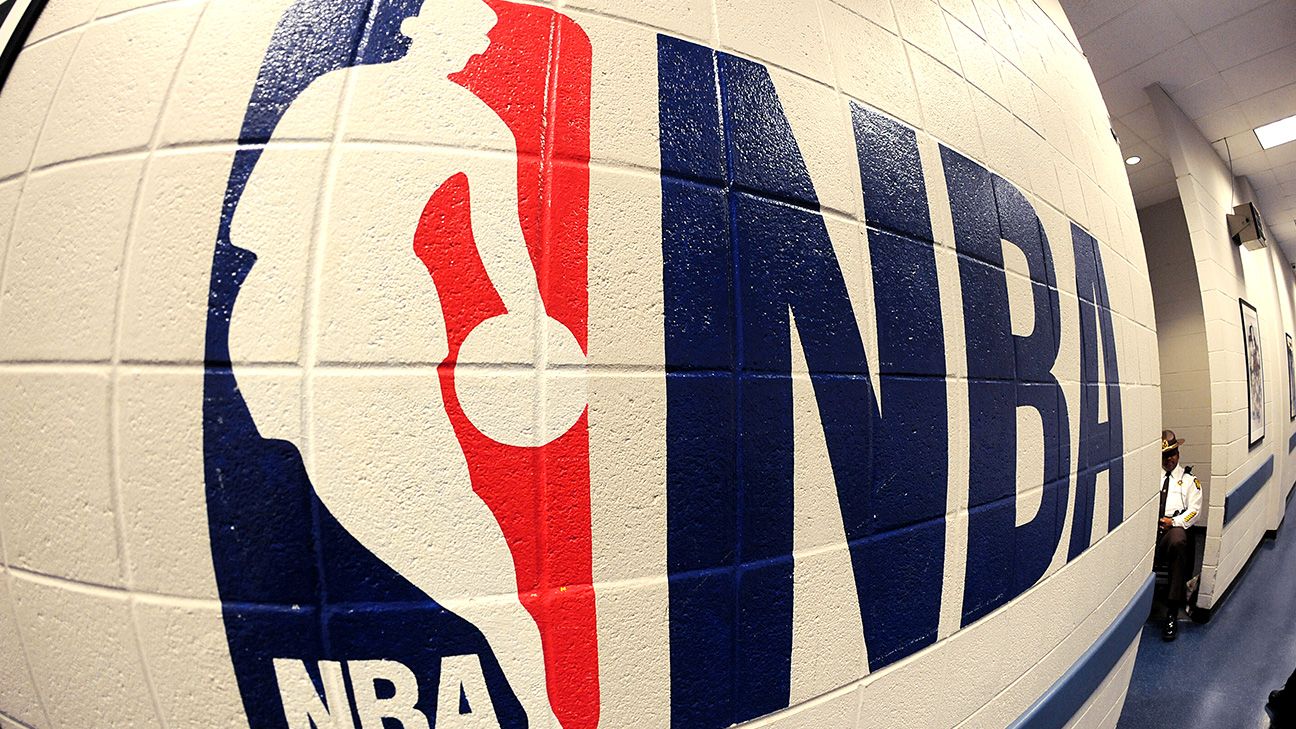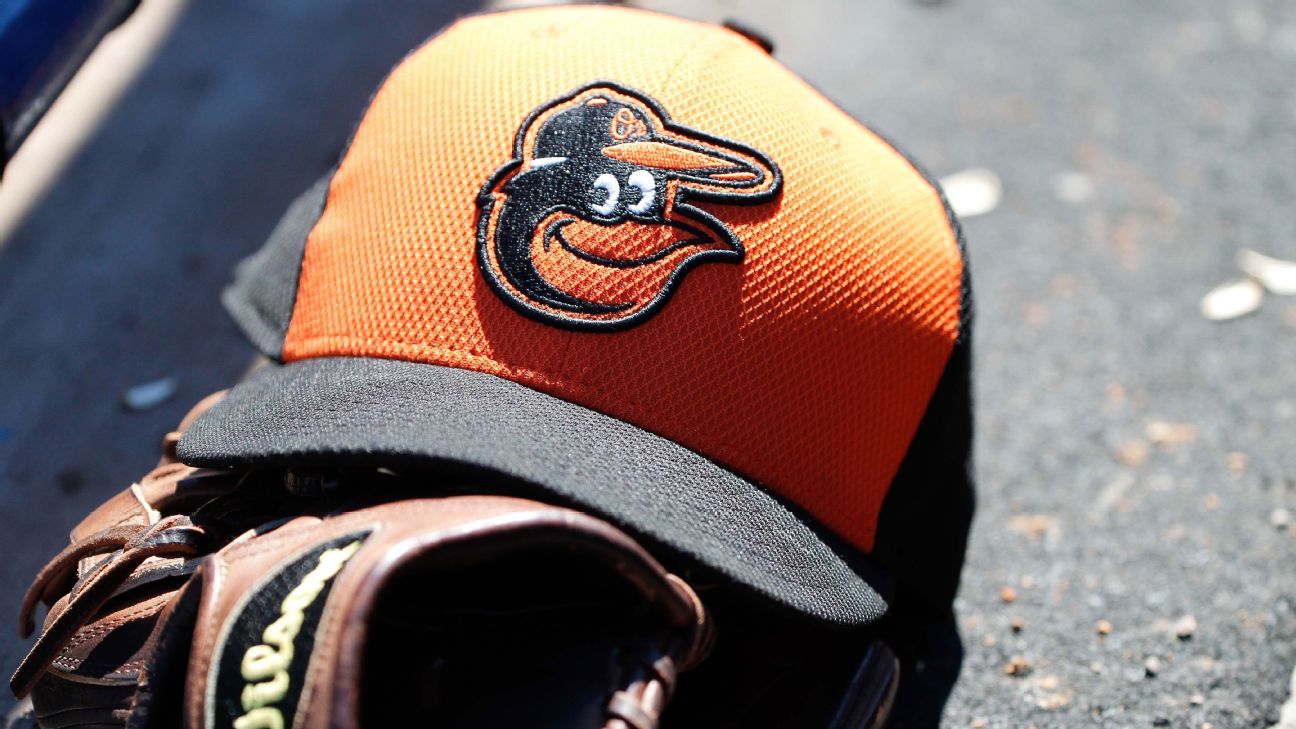
Several NBA general managers and team health officials say the unorthodox and compressed schedule, attempting to make up games postponed due to COVID-related issues, has led to a rash of injuries around the league, with several teams fearing player health has reached a boiling point.
These concerns have been voiced in interviews with ESPN by a number of GMs, members of coaching staffs and athletic training staffers, though there is universal acknowledgment that the schedule is the byproduct of the coronavirus pandemic.
"Hands down, it's the worst schedule I've seen in 25 years in the league," said one veteran assistant coach. "It's utterly insane."
One veteran NBA head coach called it "brutal."
One veteran NBA head athletic trainer said it's far worse than the Orlando bubble.
"Going into the bubble, we had all these different anxieties about the games, but without travel," the head athletic trainer said. "This is literally exponentially more difficult. It's such a cumulative effect."
Added one NBA GM, "I've never experienced anything like our injury spate."
While drawing cause-and-effect correlations to injuries is complicated, a number of executives and team health officials point to the abbreviated schedule and say the two issues are, at the very least, related.
According to the Elias Sports Bureau, 2021 All-Stars have missed 15% of games this season, on pace to be the second-highest rate in NBA history. The only season that saw a higher rate was the 2014-15 season (16.8%).
"Every dumb soft-tissue [injury] that can happen is happening and will only get worse," the NBA GM said.
"In planning both this season and last season, we have communicated on a daily basis with our teams and NBA players, agreeing on two very different season formats that each made sense as a way to continue operating safely during the COVID-19 pandemic," an NBA spokesperson told ESPN. "Injuries have unfortunately always been a part of the game, but we have not seen a higher rate of injuries this season than last. We will continue to work with teams and players to complete our season in the best and safest way possible that promotes both physical and mental health during this challenging period."
Citing internal data, a league spokesperson indicated that through 50 games, the number of injuries -- defined as those that cause a player to miss at least one game -- is lower than last season and within the range that the league has seen over the past five seasons.
Several team executives note that on at least one phone call before the season, GMs voiced these concerns to league leadership, including commissioner Adam Silver. Looming over the schedule was the intent to complete it before the Summer Olympics in Tokyo, which is slated to begin July 21 and presented a hard deadline.
Before the season and throughout, fears about how this campaign would impact player health have simmered beneath the surface, these team executives and team health officials say. Yet the financial motivations to play, they say, such as honoring existing media contracts to bring in much-needed revenue and employing thousands across the league, remained the dominant driver. Before the season, the league sought to reduce travel by including more instances of teams playing the same opponent twice in the same city and more regional road trips, thereby attempting to eliminate and/or mitigate longer air travel. There were also efforts to reduce travel by limiting one-game road trips. (Citing internal data, a league spokesperson stated that teams have taken 15% fewer flights on a proportional basis this year and 25% fewer overall flights when factoring in the fewer games this season.)
In recent years, the NBA has modified its grueling schedule -- one that has its teams typically notching more mileage flown than any other major North American professional sports league -- to include more rest days. Such modifications included, among others, reducing or eliminating stretches of three games in four days, four games in five days and five games in seven days.
But during the season's second half, the league has been forced to re-institute such stretches to compensate for games that were postponed due to COVID-related issues. (In all, a total of 32 first-half games across 27 teams were postponed.)
In the nine and a half weeks from the mid-March All-Star break through the end of the season, the Memphis Grizzlies are scheduled to play 22 sets of three games in four nights (including overlapping sets), the most in the league, according to ESPN Stats and Information. (Teams, on average, were scheduled to play 11 three-games-in-four-days stretches before the All-Star break. That number has risen to 13.9 post-All Star.)
From the All-Star break onward, several teams' calendars are also loaded with sets of five games in seven days, especially the Grizzlies (8), San Antonio Spurs (7), Detroit Pistons (5), Houston Rockets (5) and Dallas Mavericks (5). (Over the first half of the season, teams on average played 1.1 of these sets. Over the second half, teams, on average, will have played 3.0.
The Miami Heat, for their part, went 51 days (Jan. 13-March 4) -- and played 27 games -- without more than one day of rest between games, the longest such streak since the lockout-shortened 2011-12 season, per Elias.
ESPN's Tim MacMahon, citing data provided by the league office, reported that the average number of games per week per team in the 2019-20 season was 3.42. The number increased to 3.6 in the 2020-21 season and has jumped to 3.75 post-All Star.
"Playing every other day for six weeks is a problem," the first GM said.
To make matters worse, team executives and team health officials described a domino effect: backups, who aren't used to increased workloads, having to play more minutes because of other players' absences.
"We have defaulted to survival mode," said a second NBA GM.
A key issue described by several team officials is the extensive COVID protocols that each team must follow, which includes daily COVID testing. Team officials say frequent early-morning testing, compounded with travel and the increased frequency of games, has taken its toll.
"There's no rest and recovery anymore with the COVID protocols," said the veteran NBA head athletic trainer, who added, "The travel, combined with the morning testing, is unlike anything we've ever seen."
The veteran athletic training staffer said, "[The players] walk down to the testing room like they're 900-year-old men."'
A third GM, echoing sentiment felt among other league sources, also pointed to issues with false-positive test results, noting that they "require tremendous effort, often very late nights [until 3-4 AM] to contact trace, then scaring the s--- out of people caught in the contact tracing web who then have a sleepless night, all to hear 'oops, sorry' the following morning."
Numerous team executives and health officials also correlate the lack of competitive games to the abbreviated schedule. Per ESPN Stats & Information, more than half the games played this season (52.6%) have been decided by double digits, the highest rate since 1971-72. Several officials across the league have also voiced concern about the lingering effects from consecutive seasons with compressed and unusually short off-seasons.
The NBA Finals are scheduled to end July 22, with Summer League in Las Vegas potentially slated to take place in August, as ESPN's Adrian Wojnarowski and Zach Lowe have reported. In March, during an All-Star Game Weekend news conference, Silver told reporters that he was "fairly optimistic" the 2021-22 season would return to the league's normal schedule, which, if so, would lead to a October re-start -- and a third consecutive shortened offseason.
"This whole two-year period will have a marked long-term effect on players many years down the line," said the second GM. "It's like if your power goes out. You have to burn candles if you want light. If you burn them, you won't have them the next time your power goes out. We are burning through the players right now at an alarming rate. But again, what's the alternative? 25-man rosters? Fewer games? It's not just a 'league thing.' It all required collaboration with the NBPA. It's a shared responsibility, driven almost exclusively by the seduction of [money]."















 Phone: (800) 737. 6040
Phone: (800) 737. 6040 Fax: (800) 825 5558
Fax: (800) 825 5558 Website:
Website:  Email:
Email: 






